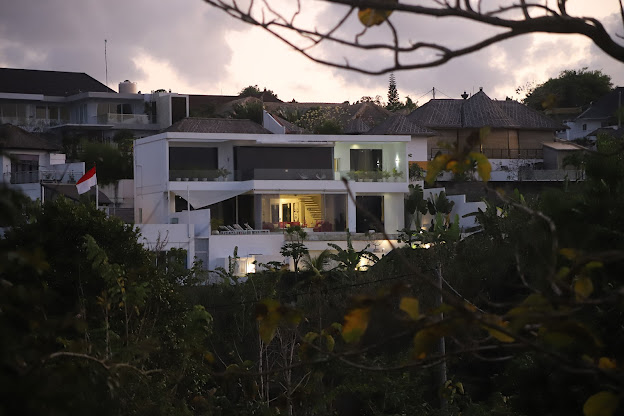The video HEROES “All we do is surf ” is an early mashup* work from 2004. I have been setting rules while editing the material consisting of surf films, and the most important rule has been about deleting all scenes with surf waves. By regularly doing this, other parts of the films are getting compressed and more in focus. Perspective on the homosocial community, gender roles, representation, and power perspectives are being clarified and perceived to be overplayed.
At the same time is the video becoming something that is very much like every day popular culture. But since the intended main content of these videos is missing, the viewer’s perspective changes. I want to shift the viewer’s gaze to a problematizing and deconstructing perspective.
The material used is films that show impressive waves, cool maneuvers and a quick portrayal of surfers and lifestyles. Films that are there to inspire and sell the sport sponsored by various companies. I’ve grown up with watching these types of videos in skateboarding and snowboarding. Films that are done through a collage way of film-editing, rather than being about narratives. But the perspective became different for me when I saw surf films in public in Bali, Indonesia, 2001. Unequal representation became very obvious. Such as racial profiling while portraying surfers travelling the world. This is something I later explored more closely when I studied at the School of Photography in Gothenburg University 2004-2007.
When our surroundings are getting photographed and filmed, it is not only about depiction. Reality is getting generated through the mediated perspectives and their structures. This exerts displacements and involves performative action. We are often blind to its ideology when this happens through what is ideal, or something we experience as just normal.
*Video mashup as a cultural phenomenon on the Internet grew strongly during the early 2000s but died out a few years ago on platforms such as Youtube through unfavorable copyright filtering systems. At the same time, there are specific laws written today to protect mashup as cultural expression and art form. But some online filters are today more restrictive and ungainly than the laws.
Link to Youtube-video: https://youtu.be/DCxs-7ZqU0I


















































